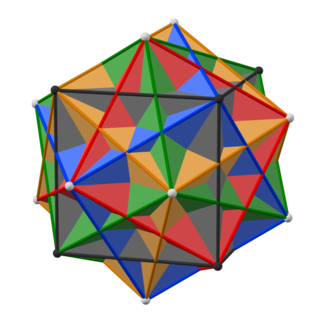Related Research Articles
76 (seventy-six) is the natural number following 75 and preceding 77.
81 (eighty-one) is the natural number following 80 and preceding 82.
79 (seventy-nine) is the natural number following 78 and preceding 80.
31 (thirty-one) is the natural number following 30 and preceding 32. It is a prime number.
1000 or one thousand is the natural number following 999 and preceding 1001. In most English-speaking countries, it can be written with or without a comma or sometimes a period separating the thousands digit: 1,000.
300 is the natural number following 299 and preceding 301.

360 is the natural number following 359 and preceding 361.
400 is the natural number following 399 and preceding 401.
500 is the natural number following 499 and preceding 501.
700 is the natural number following 699 and preceding 701.
600 is the natural number following 599 and preceding 601.
800 is the natural number following 799 and preceding 801.
900 is the natural number following 899 and preceding 901. It is the square of 30 and the sum of Euler's totient function for the first 54 positive integers. In base 10, it is a Harshad number. It is also the first number to be the square of a sphenic number.
2000 is a natural number following 1999 and preceding 2001.
3000 is the natural number following 2999 and preceding 3001. It is the smallest number requiring thirteen letters in English.
182 is the natural number following 181 and preceding 183.
290 is the natural number following 289 and preceding 291.
204 is the natural number following 203 and preceding 205.
252 is the natural number following 251 and preceding 253.
353 is the natural number following 352 and preceding 354. It is a prime number.
References
- ↑ "Sloane's A080076 : Proth primes". The On-Line Encyclopedia of Integer Sequences. OEIS Foundation. Retrieved 2016-05-28.
- ↑ "Sloane's A005282 : Mian-Chowla sequence". The On-Line Encyclopedia of integer Sequences. OEIS Foundation. Retrieved 2016-05-28.
- ↑ "Sloane's A003052 : Self numbers". The On-Line Encyclopedia of Integer Sequences. OEIS Foundation. Retrieved 2016-05-28.
- ↑ Sloane, N. J. A. (ed.). "SequenceA038133(Odd primes that are not cluster primes)". The On-Line Encyclopedia of Integer Sequences . OEIS Foundation. Retrieved 2022-08-19.
- ↑ Sloane, N. J. A. (ed.). "SequenceA007053". The On-Line Encyclopedia of Integer Sequences . OEIS Foundation. Retrieved 2022-06-02.
- ↑ "Unicode Lookup: convert special characters". unicodelookup.com.